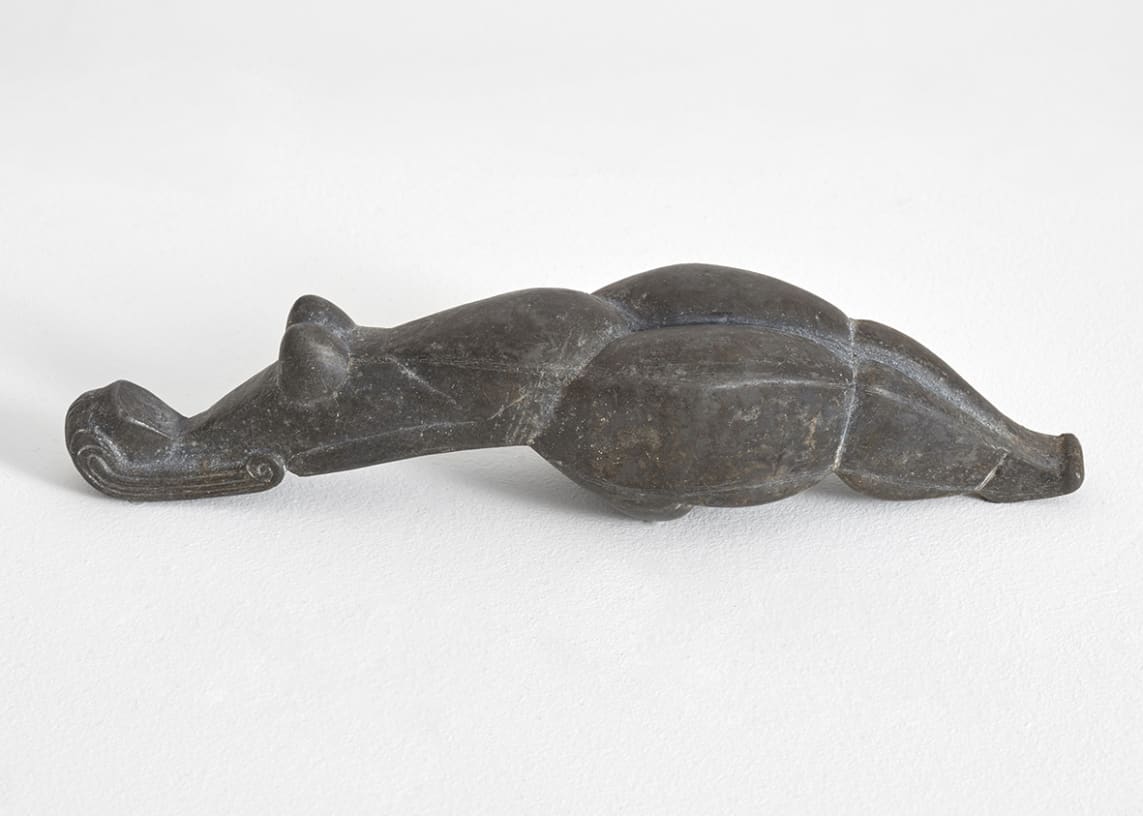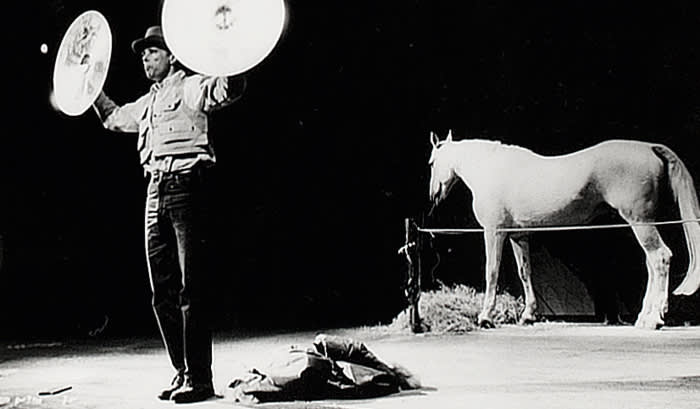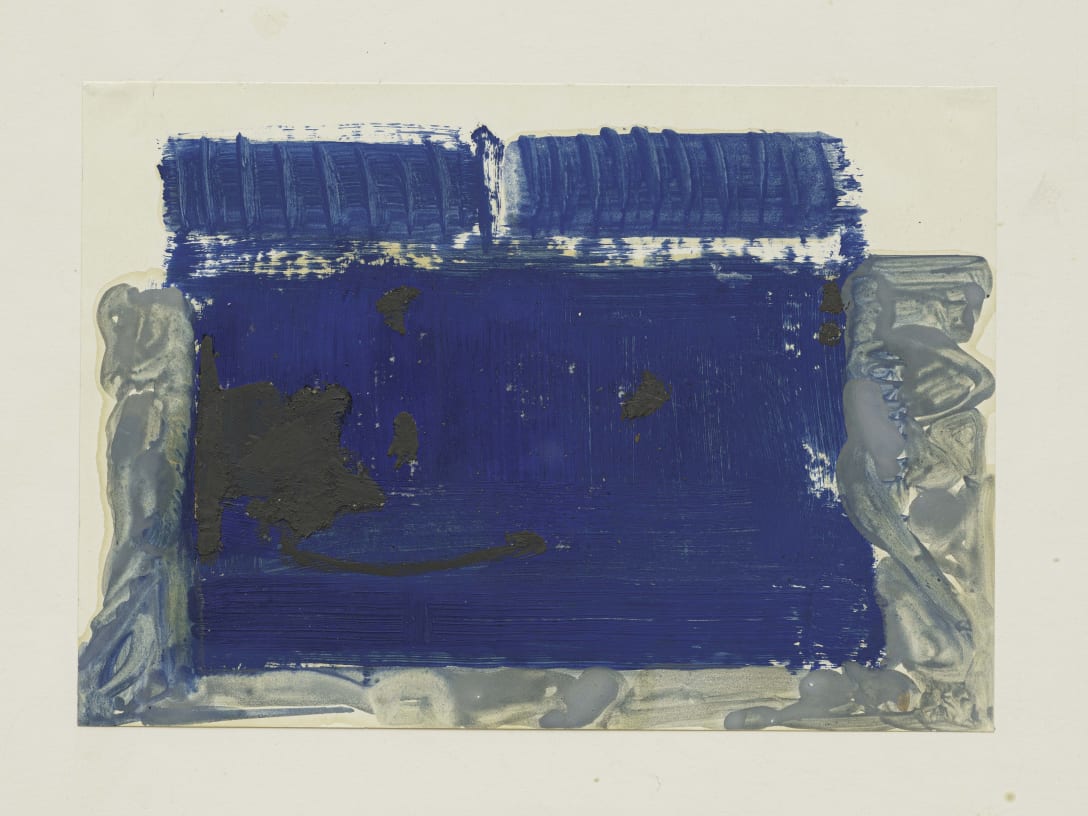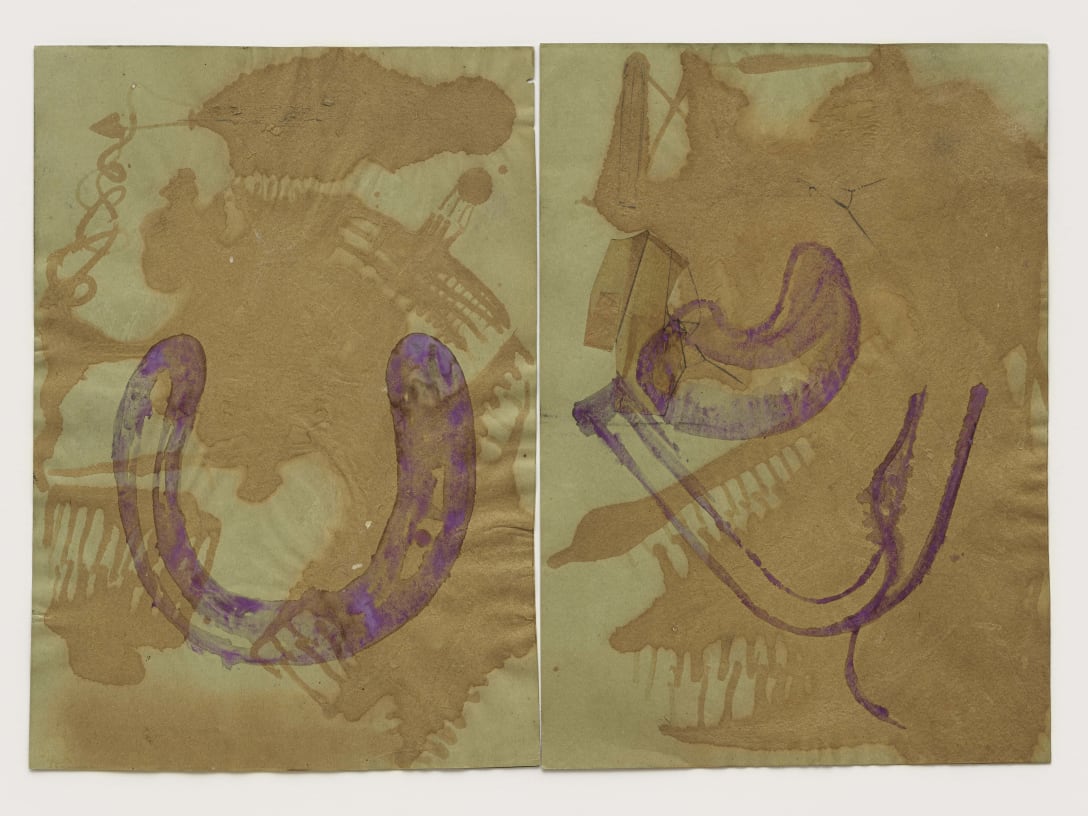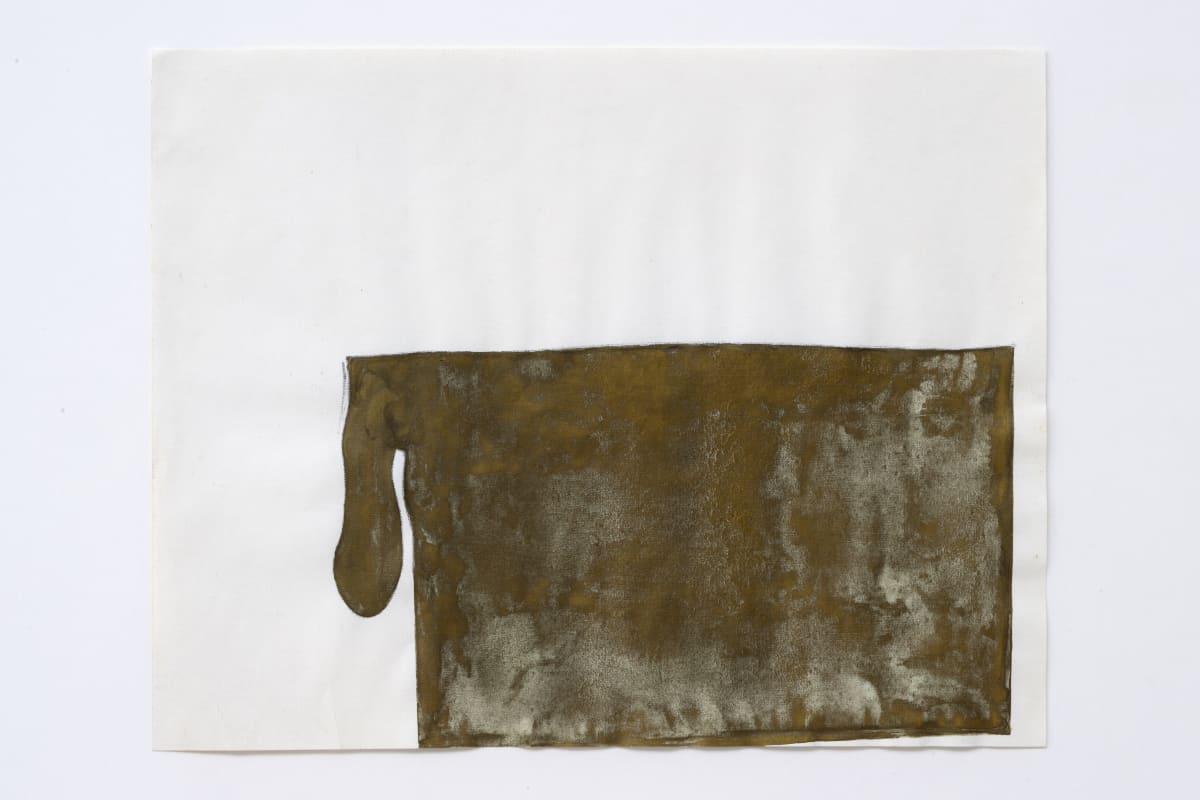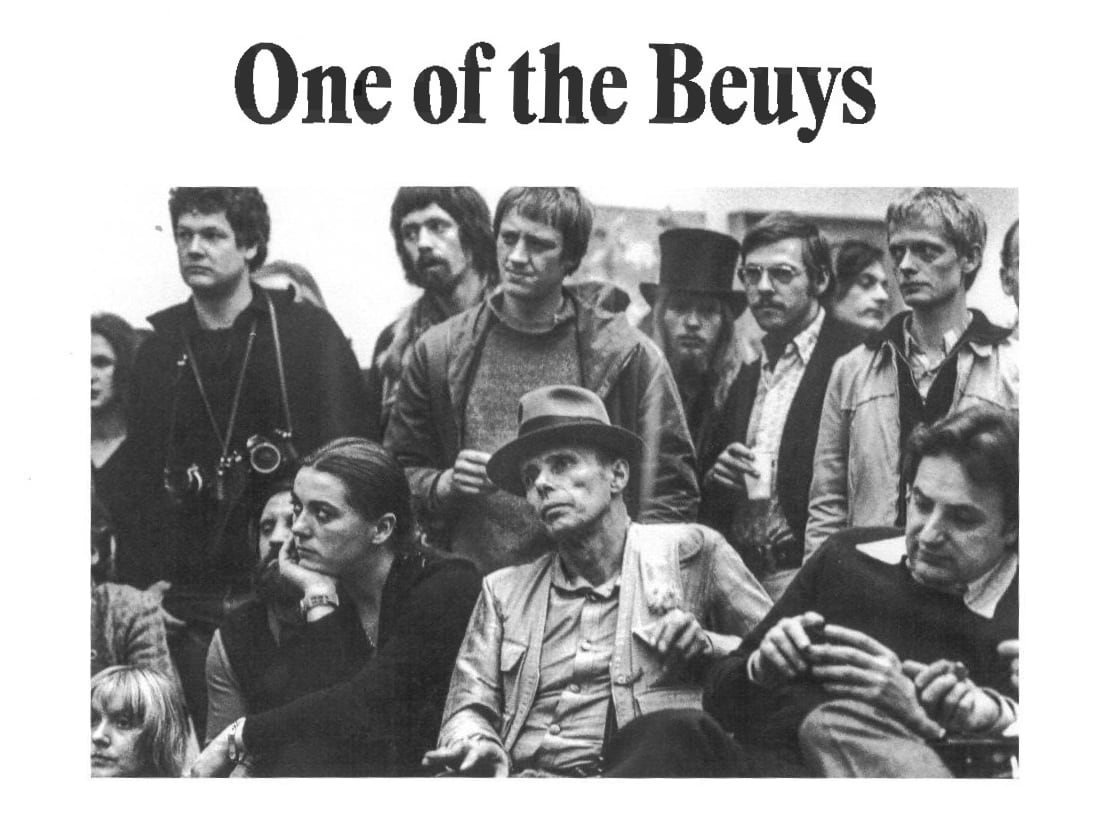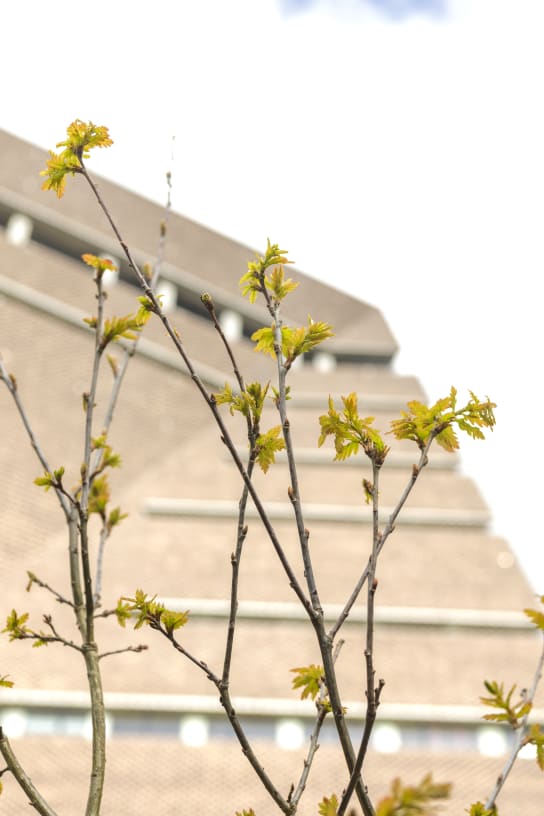

Joseph Beuys Estate
Overview
'If creativity relates to the transformation, change and development of substance, then it can be applied to everything in the world, and is no longer restricted to art.'
Joseph Beuys's extensive body of work is grounded in concepts of humanism, social philosophy and anthroposophy; it culminates in his 'extended definition of art' and the idea of social sculpture as a gesamtkunstwerk, for which he claimed a creative, participatory role in shaping society and politics. He emerged as an artist in the midst of post-war German reconstruction and claimed a unique role for art in the spiritual renewal of society, as opposed to a materialistic culture, and in the preservation of the environment. His aim was to infuse all spheres of life with the principle of creativity usually reserved for artists. Beuys saw art as the antidote to society's ills: a positive, healing force that could awaken individual creativity, activate political awareness and stimulate social change.
Beuys used a wide range of highly symbolic materials, such as felt, fat or honey, which are closely related to the shamanic aspects of his practice that included performances, lectures and educational actions. His interest in the generation, storage and transmission of energy articulates his extensive reflection on the forces of nature. Teaching was an essential element of his artistic work and his anti-bureaucratic philosophy included debates and political activism intended to bring about social change through democratic discussions and actions. He brought politics into the traditional realms of art by converting his areas at documenta in 1972 and in 1977 into spaces for debate and discussion on issues ranging from human rights to ecological concerns.
Joseph Beuys's extensive body of work is grounded in concepts of humanism, social philosophy and anthroposophy; it culminates in his 'extended definition of art' and the idea of social sculpture as a gesamtkunstwerk, for which he claimed a creative, participatory role in shaping society and politics. He emerged as an artist in the midst of post-war German reconstruction and claimed a unique role for art in the spiritual renewal of society, as opposed to a materialistic culture, and in the preservation of the environment. His aim was to infuse all spheres of life with the principle of creativity usually reserved for artists. Beuys saw art as the antidote to society's ills: a positive, healing force that could awaken individual creativity, activate political awareness and stimulate social change.
Beuys used a wide range of highly symbolic materials, such as felt, fat or honey, which are closely related to the shamanic aspects of his practice that included performances, lectures and educational actions. His interest in the generation, storage and transmission of energy articulates his extensive reflection on the forces of nature. Teaching was an essential element of his artistic work and his anti-bureaucratic philosophy included debates and political activism intended to bring about social change through democratic discussions and actions. He brought politics into the traditional realms of art by converting his areas at documenta in 1972 and in 1977 into spaces for debate and discussion on issues ranging from human rights to ecological concerns.
Beuys was born in 1921 in Krefeld, Germany. In 1961 he was appointed professor of monumental sculpture at the Düsseldorf Art Academy, where he became an inspiring and charismatic figure for an emerging generation of German artists. During this period, he became a member of the newly founded Fluxus Group, an international network of artists from nearby Wuppertal. In the 1970s, his activities became explicitly politicised. He founded the Free International University (FIU) for Creativity and Interdisciplinary Research, as well as the Organisation for Direct Democracy through Referendum, and later became involved with the German Green Party. His monumental retrospective at the Solomon R. Guggenheim Museum, New York in 1979 established Beuys's international reputation. Since the artist's death in 1986, his work has been shown in numerous museum exhibitions around the world, including at the Museo Nacional Centro de Arte Reina Sofia, Madrid; Centre Pompidou, Paris; Tate Modern, London; National Gallery of Victoria, Melbourne; Kunstsammlung Nordrhein-Westfalen, Düsseldorf; Hamburger Bahnhof, Berlin; and the Scottish National Gallery of Modern Art, Edinburgh. A varied programme of exhibitions, performances, lectures and events marked the 100th anniversary of the artist's birth in 2021.
Videos

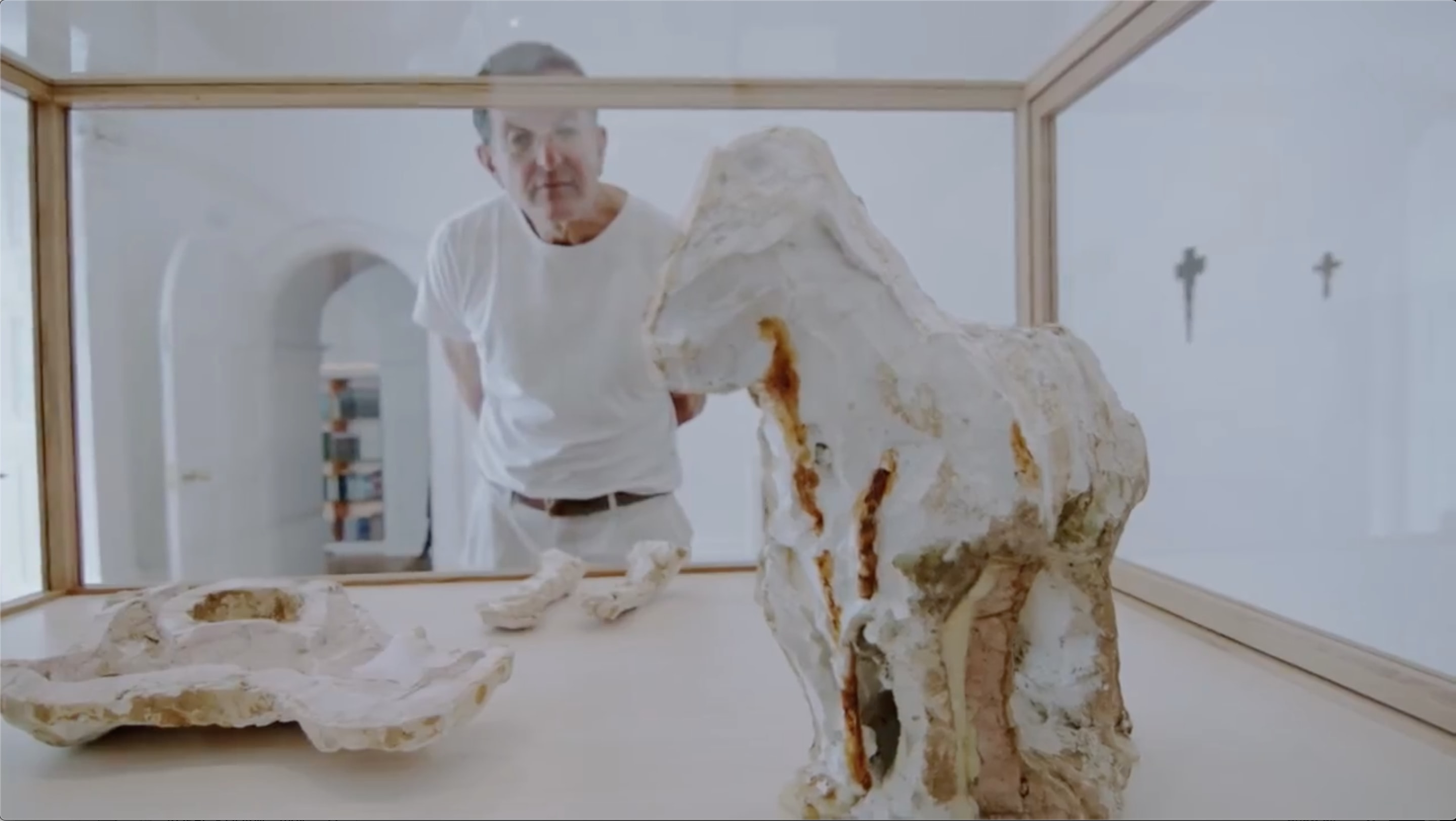







Artworks
Exhibitions

Publications

Joseph Beuys

Joseph Beuys








![Joseph Beuys Estate, Hirschdenkmäler [Stag Monuments], 1982](https://artlogic-res.cloudinary.com/w_1100,c_limit,f_auto,fl_lossy,q_auto:good/ws-ropac/usr/images/artworks/main_image/items/37/37bf98d2a63f4bc2bc82d70a47d525c3/joseph-beuys-thaddaeus-ropac-293_300dpi-jpg-.jpg)

![Joseph Beuys Estate, Kleines Kraftwerk [Small Power Station], 1984](https://artlogic-res.cloudinary.com/w_1100,c_limit,f_auto,fl_lossy,q_auto:good/ws-ropac/usr/images/artworks/main_image/items/08/0889dcd0a3e0416dbfa0d293a001717e/jb_1192_300dpicrop.jpg)


